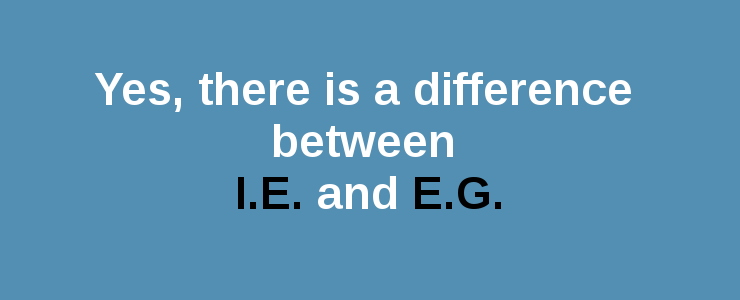Difference between i.e. and e.g.

Confusing i.e. and e.g. is one of the most common grammar mistakes, and it’s one that trips up even the most seasoned of editors! Many people believe the two are interchangeable, but while that would certainly make things a lot easier, that is sadly not the case.
I.e. and e.g. are both abbreviations of two Latin phrases: id est and exempli gratia, respectively. Translated into simple English, they mean “that is” and “for example.”
That’s great. When do I use one over the other?
When using i.e., think of it as saying “in other words.” So when you use i.e. to refer to a list of items, you’re implicitly stating that there are no other items in the list besides the ones you stated.
By contrast, e.g. is just an example. When you use e.g. to refer to a list, you’re implicitly stating that there are other items in the list besides the ones you said.
Take these two examples:
I went to the store to pick up a few items (i.e., bread, milk, and butter).
I went to the store to pick up a few items (e.g., bread, milk, and butter).
In the first example, I’m saying that I only picked up bread, milk, and butter. In the second example, I’m saying that some of the items I picked up were bread, milk, and butter, but that I also picked up other items as well.
Last but not least, always remember to place a comma after i.e. and e.g.! All style guides suggest it.











